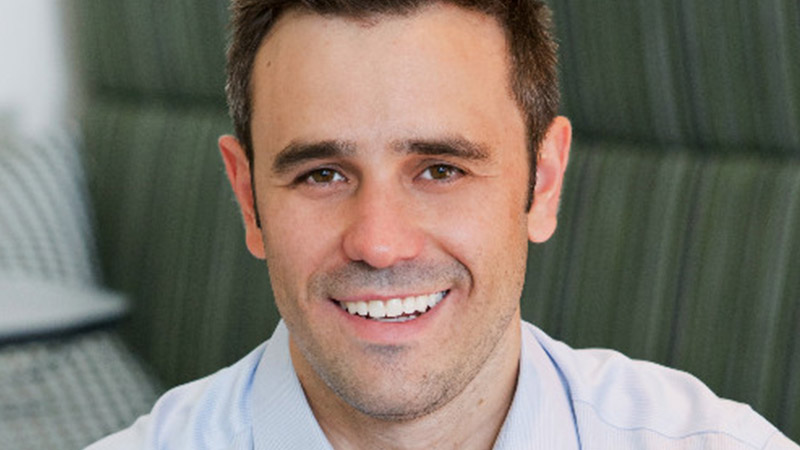Asset allocation focus can boost return consistency
SMSFs can improve the consistency of their returns in the current volatile sharemarket by employing a greater focus on asset allocation and portfolio hedging, according to a leading robo-adviser.
Stockspot chief executive and founder Chris Brycki told SMSF Adviser that diversification was an underrated issue for SMSFs given the inconsistency of their performance, with ATO statistics revealing that self-managed funds delivered a 10 per cent average return in the 2017 financial year versus a 3.7 per cent return in 2016.
“Getting your asset allocation right helps SMSF portfolios deliver more consistent performance whether sharemarkets rise or fall,” Mr Brycki said.
“Too many SMSFs are concentrated in just a few Aussie stocks, property and cash — this is a risky strategy. SMSFs have underperformed the industry benchmark because so many are taking on too much or too little risk, so it’s little wonder many are now considering if an SMSF is right for them.”
The online adviser’s SMSF portfolios returned between 10.1 per cent and 10.9 per cent over the 2019 financial year, an improvement of 1 per cent after fees and taxes on Chant West’s best-performing growth fund for the year, QSuper.
Mr Brycki said Stockspot diversified its portfolios across a range of markets and asset classes, with different options depending on the SMSF investor’s life stage.
“Rather than focusing on a single investment strategy such as income, growth or capital preservation, we recommend SMSF clients diversify across a range of ETFs to ensure they get exposure to all three strategies,” Mr Brycki said.
“Our clients are spread across Australian and global shares for growth and bonds and gold for preservation.”
He said Stockspot had put more of a focus on gold as a portfolio hedge in recent years rather than more traditional fixed income allocations.
“The negative correlation between shares and bonds has weakened, which means bonds may not provide as much of a cushion in a sharemarket correction,” Mr Brycki said.
“Since 2017, gold has performed better than most asset classes including Australian and global shares, with a return of 23 per cent.”








